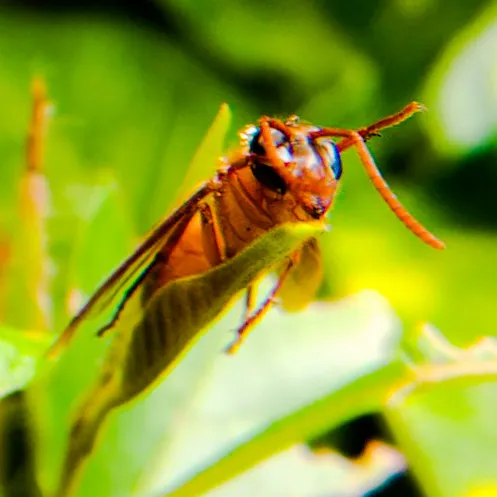
Dear Sabbath and welcome again with me @ardiansaputra today I'll share about the stinger wasp and its explanation
Wasps are flying insects that are easily identified by their intense adherence to bullies and their striking colors in some species.
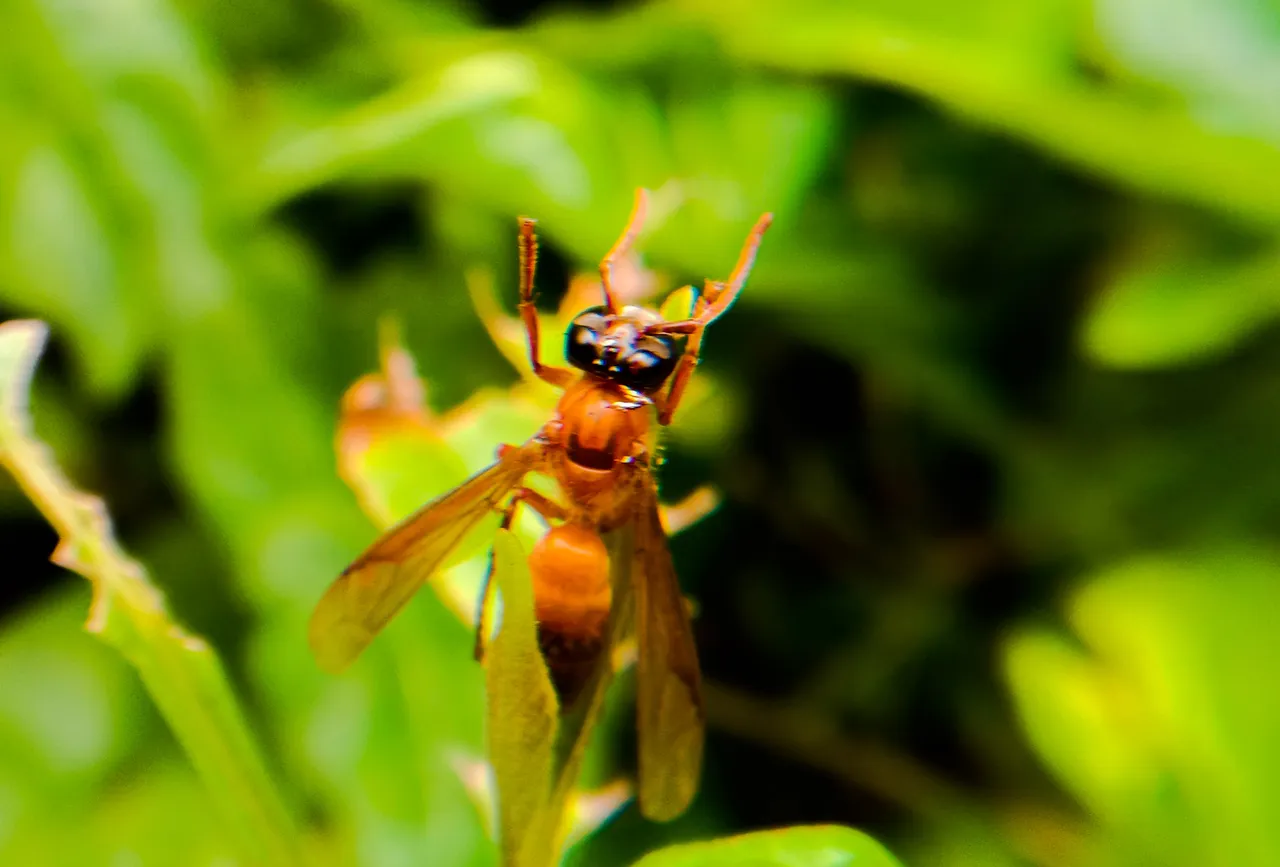
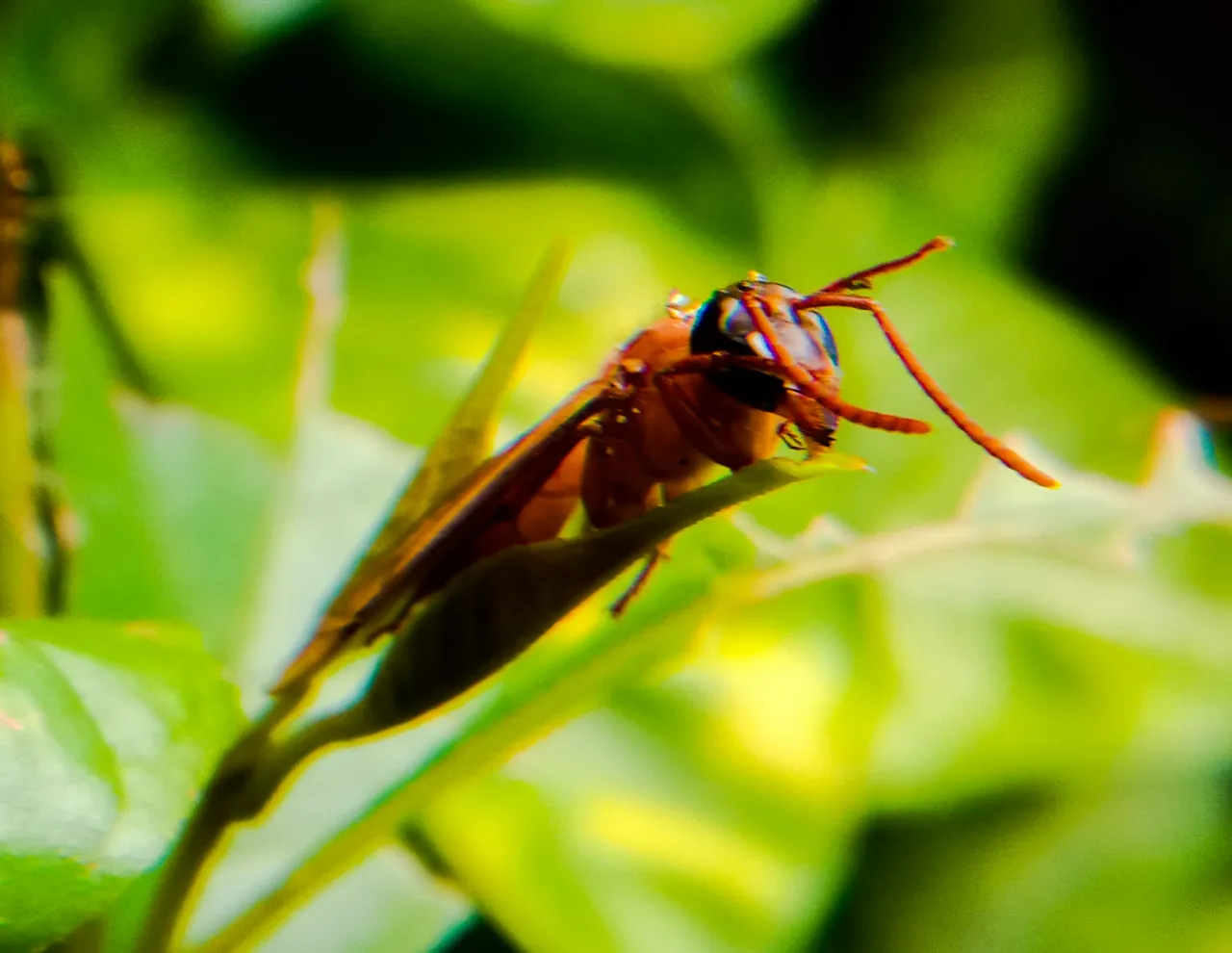
Wasps belong in katagori ants and bees. Wasps or wasps are sometimes portrayed as bees by laymen
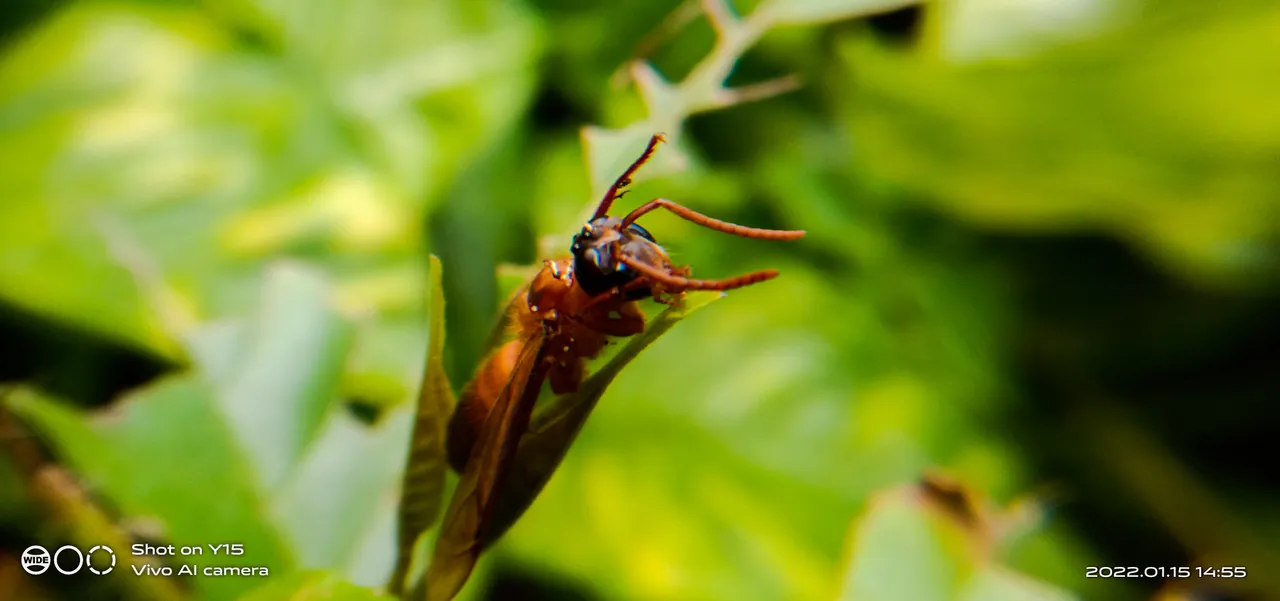
The food that was eaten by the wasp was
The vast majority of wasps are herbivores that feed on plant materials such as fruit and nectar.[4] Others, like the giant Japanese wasp (vespa mandarina), are omnivore who also live on the flesh of other insects. They do not have a special digestive enzyme in their body so that they cannot directly digest the meat of the prey. In order to do that, they gave the larvae a piece of meat. The larvae that produce this protein digestive enzyme chew the meat and then regurgitate it back to the adult wasp [8].
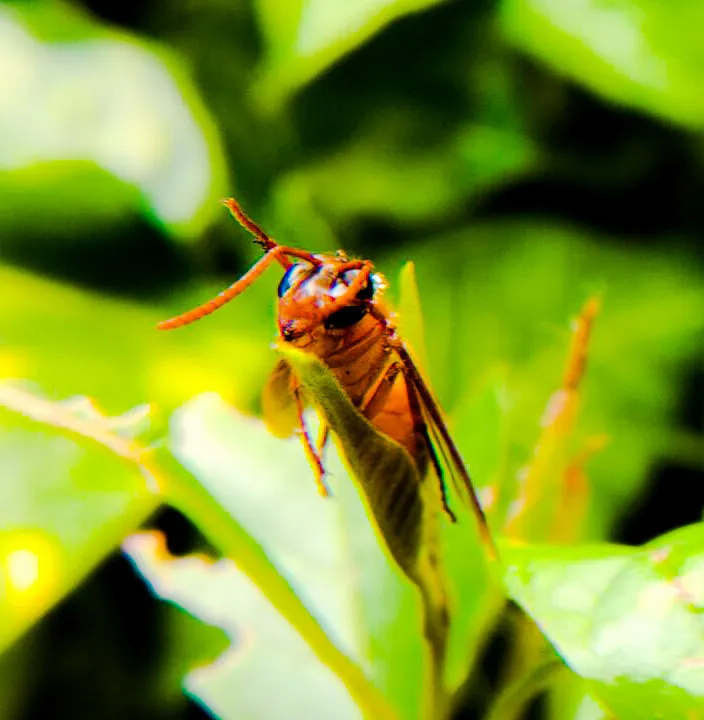
Nests that wasps come in great variety and depend on their kind and way of life. A solitary wasp creates a nest that provides both food and nourishment for its young to grow. Wasps generally use the materials found in nature to build nests



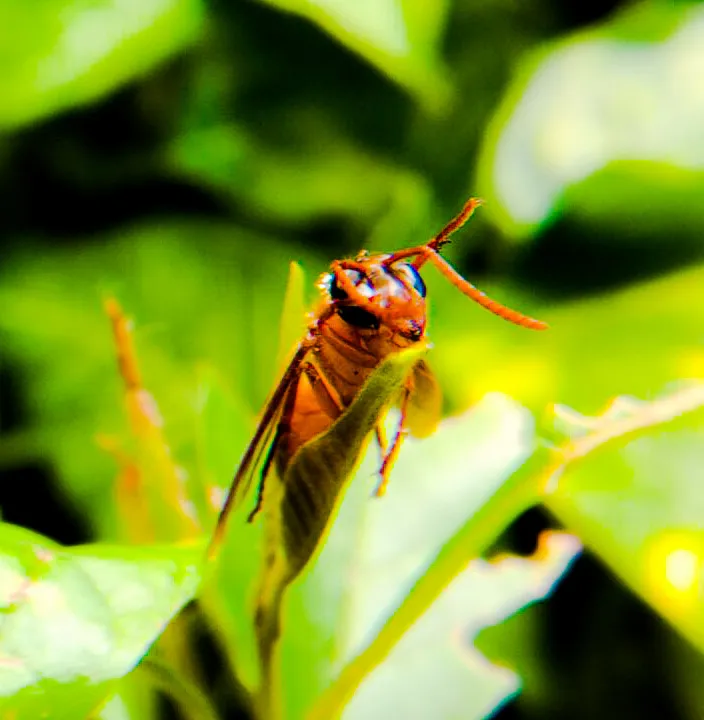
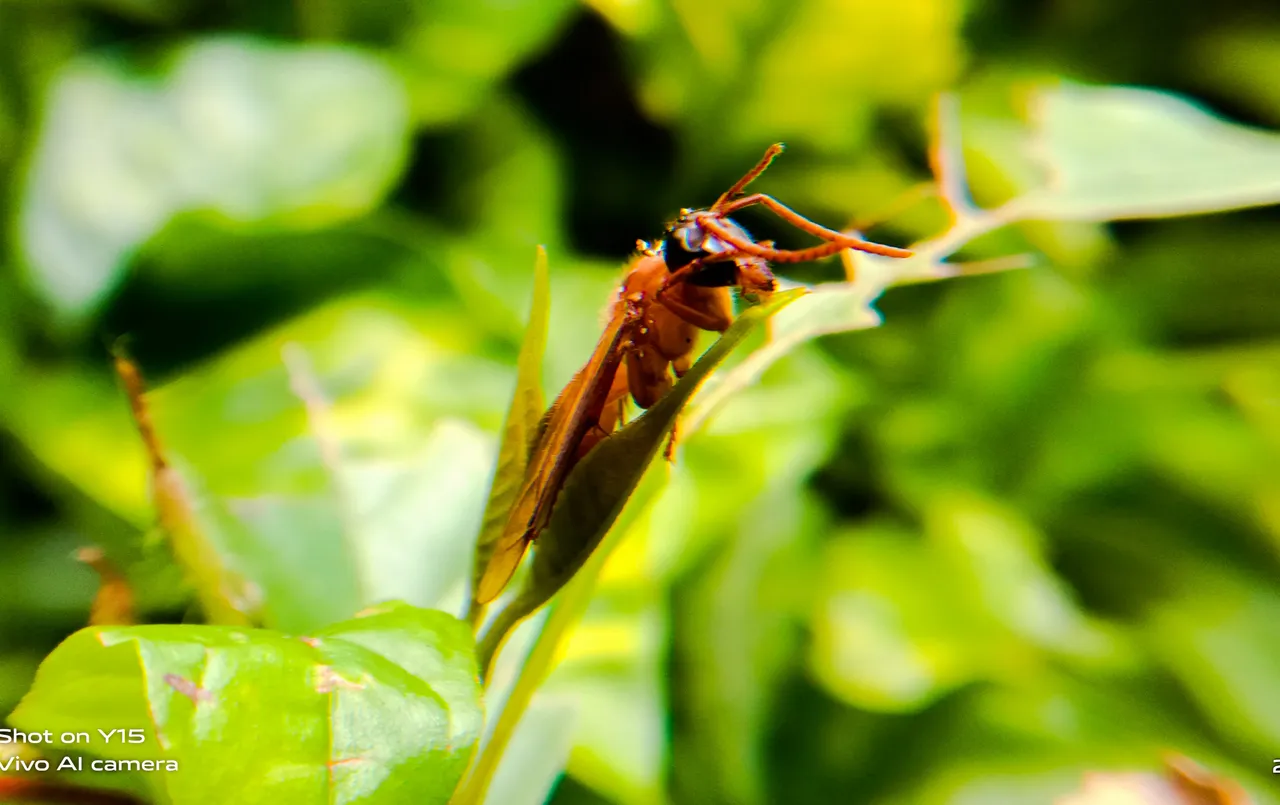
That's all I can say today. I'll see you next time
Greetings from @ardiansaputra to this community may be growing in the future
| PHOTO TAKEN | VivoY15 |
|---|---|
| CATEGORY | Macro photography |
| LOKATION | ACEH-INDONESIA |
| PHOTOGRAFER | @ardiansaputra |